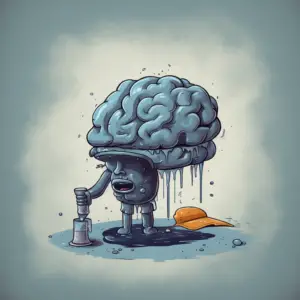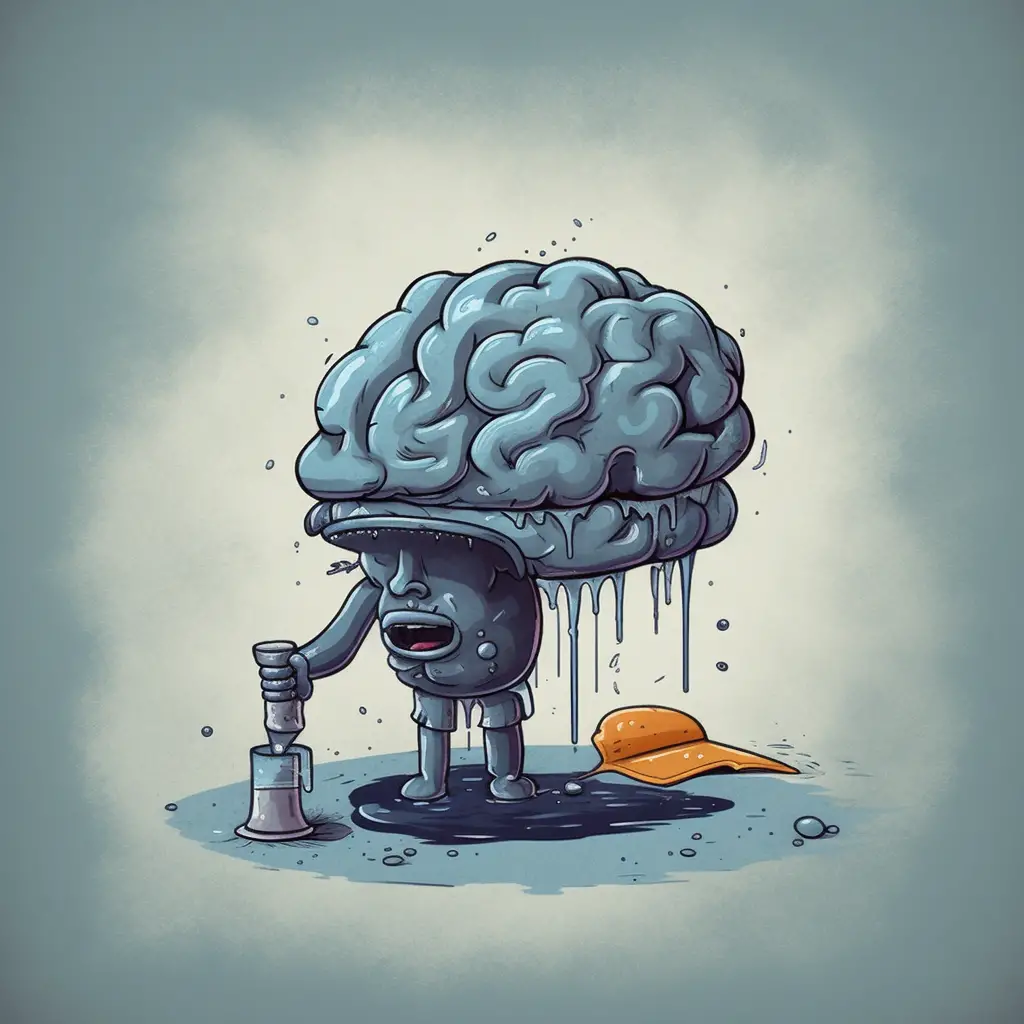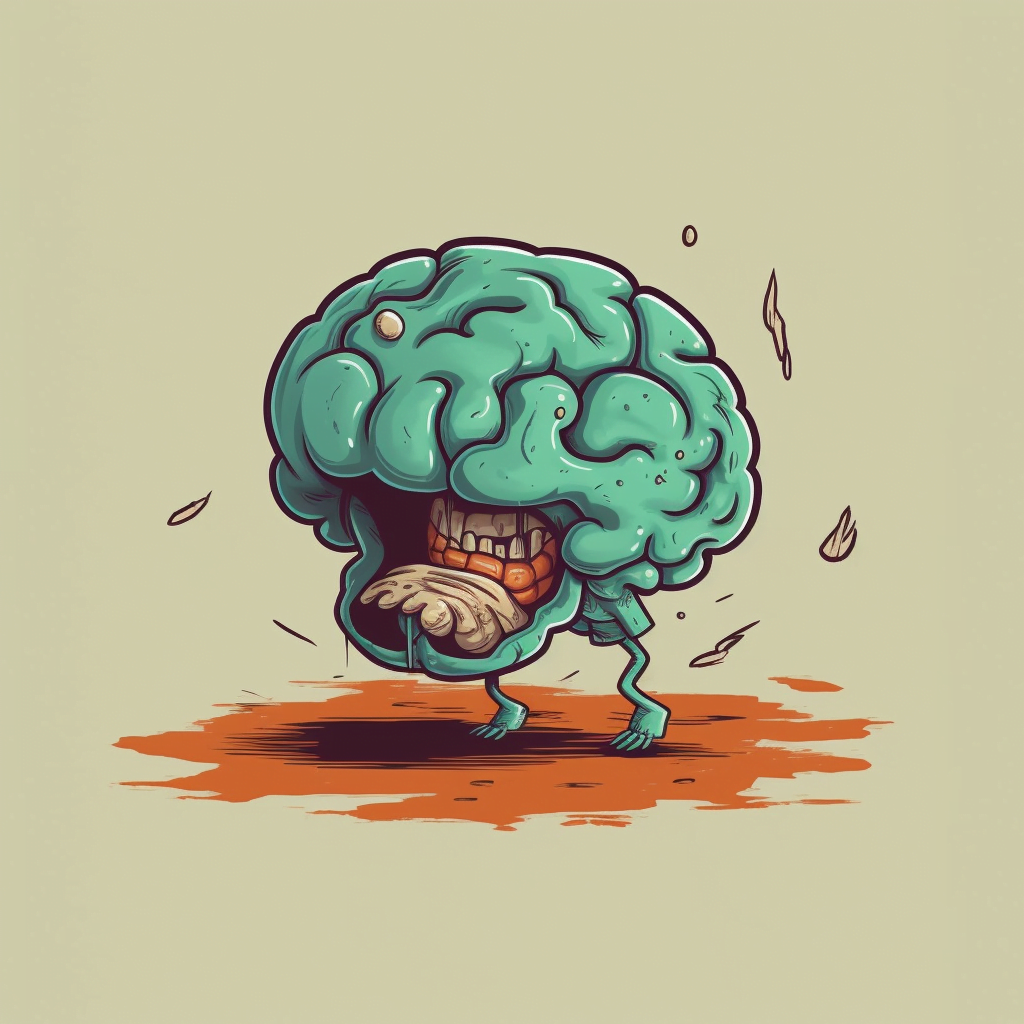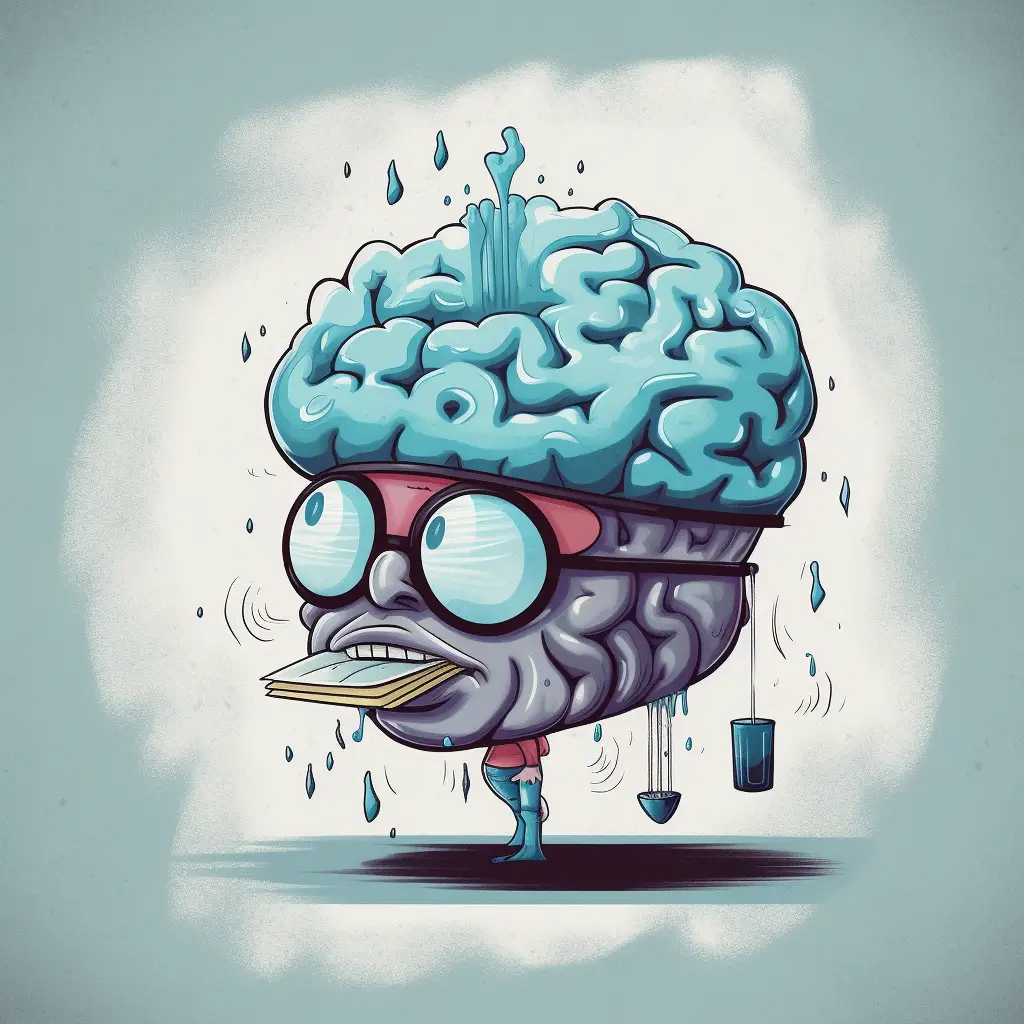
Animism in psychology is the knowledge and belief that objects and inanimate things have thoughts or feelings and can think like living things. Jean Piaget found this to be a common trait of young children and defined it as being in the pre-operational stage of childhood development.
Think of kids with their imaginary friends, who, unlike real friends, never abandon you until you abandon them. Thanks again for skipping my graduation, ex-friend Charles.
What is Animism in Psychology?
Animism in psychology is the knowledge and belief that objects and inanimate things have thoughts or feelings and can think like living things. Jean Piaget found this to be a common trait of young children and defined it as being in the pre-operational stage of childhood development.
Think of kids with their imaginary friends, who, unlike real friends, never abandon you until you abandon them. Thanks again for skipping my graduation, ex-friend Charles.
The Magical World of Animism: Unpacking the Concept
In the realm of psychology, animism is like a secret door that leads to a magical world where everything has a mind of its own. From cuddly teddy bears that whisper secrets to wind-up toy cars that race with a purpose, this enchanting belief makes everyday items come alive.
The Great Piaget and the Land of Childhood Development
Jean Piaget, a wise wizard of child psychology, explored the fascinating land of childhood development and discovered that young children, usually between the ages of 2 and 7, tend to believe that inanimate objects have feelings and intentions. This stage, known as the pre-operational stage, is filled with curiosity, imagination, and the ability to see life in the most unlikely of places.
Examples of Animism: When a Rock Becomes a Friend
To better understand animism in psychology, let’s embark on a journey through some delightful examples where ordinary objects come to life:
The Tale of the Chatty Dolls and Action Figures
In the world of toys, dolls and action figures often take on a life of their own. Children might have full-blown conversations with their plastic companions, as if they’re having a chat with a real friend. These conversations may be about anything from the toy’s favorite food to their thoughts on the weather.
The Adventures of the Teapot Family
Next up in our animistic exploration, we stumble upon the land of household objects. Here, teapots and cups become a family, with the teapot serving as the wise old grandparent, and the cups as the eager children who love to hear stories. It’s not uncommon for children to assign personalities and emotions to these everyday items.
The Whispers of the Wind and the Crying Clouds
Finally, we arrive at a place where even the weather comes alive. Children in the pre-operational stage might believe that the wind whispers secrets to the trees, or that clouds cry tears of rain when they’re sad. In this world, everything has a purpose and a story to tell.
The Journey’s End: Growing Out of Animism
As children grow older and enter new stages of development, their magical animistic beliefs often fade away. They start to learn the difference between living and non-living things, and the enchanting world of animism becomes a distant memory.
So, next time a child introduces you to their pet rock, remember the wonder of animism, and perhaps spare a thought for poor Charles, who missed out on a truly magical graduation.





